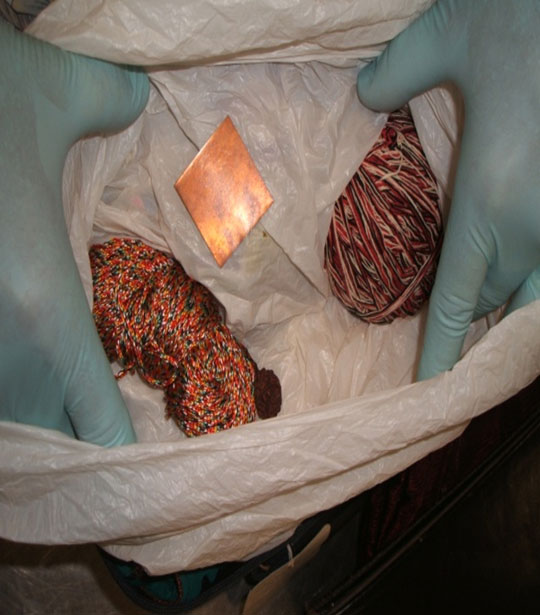Attention:
701 and 705 operators
| Issuing Office: | Standards Branch |
|---|---|
| Document No.: | CASA 2011-05 |
| File Classification No.: | Z 5000-35 |
| Issue No.: | 01 |
| RDIMS No.: | 6961727 |
| Effective Date: | 2011-09-21 |
Purpose:
To make air operators aware of the safety dangers to their aircraft associated with transporting phosphorus in passenger baggage or cargo.
Background:
The Dangerous Goods Program, Standards Branch at Civil Aviation has been made aware of shipments of phosphorus being discovered in cargo and passenger baggage in Canada.
White or yellow phosphorus is extremely flammable, ignites spontaneously on contact with air, burns rapidly, may re-ignite after fire is extinguished, is very toxic if swallowed or inhaled, and may cause severe burns when in contact with skin.
A trend has been identified whereby individuals emanating from southern Asia and claiming to be astrologers (mystics) and palm readers have transported phosphorus by aircraft hidden in baggage or cargo. The intelligence gathered suggests that this phosphorus is being used for special effects in performances. However, when questioned, the individuals claim the phosphorus is used for medicinal purposes (i.e. to treat skin ailments).
These individuals entered Canada for an extended period of time and travelled light. Their main belongings had been shipped to Canada as air cargo by various courier companies.
In each observed case, the phosphorus was stored in water and placed in small glass vials which were then wrapped with yarn or twine to conceal the vials. These vials have a water capacity of 100ml or less and the amount of phosphorus per vial is about 3 to 5 grams. The phosphorus could be found in carry-on baggage, checked baggage or cargo.
The release of even small amounts of phosphorus in an aircraft could result in a catastrophic aviation accident. For this reason, the transport of phosphorus is forbidden by passenger and cargo aircraft.
Bag containing vials wrapped in yarn
Glass vials containing phosphorus
Recommended action:
Operators are encouraged to remain vigilant and to advise their passenger handling and cargo acceptance staff of this safety concern.
Contact office:
For more information concerning this issue, contact a Transport Canada Centre; or contact Micheline Paquette, Standards Branch in Ottawa, by telephone at 613-990-1130 or by e-mail at micheline.paquette@tc.gc.ca.
[original signed by Matthew Weeks for]
Jacqueline Booth
A/Director
Standards Branch
The Transport Canada Civil Aviation Safety Alert (CASA) is used to convey important safety information and contains recommended action items. The CASA strives to assist the aviation industry's efforts to provide a service with the highest possible degree of safety. The information contained herein is often critical and must be conveyed to the appropriate office in a timely manner. The CASA may be changed or amended should new information become available.
Transport Canada documents or intranet pages mentioned in this document are available upon request.

